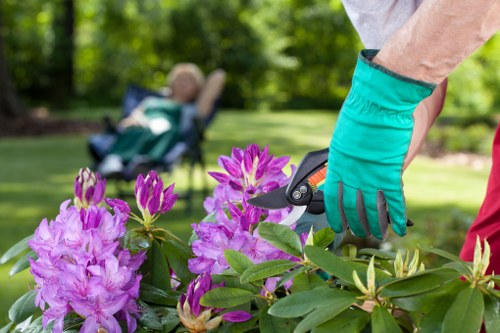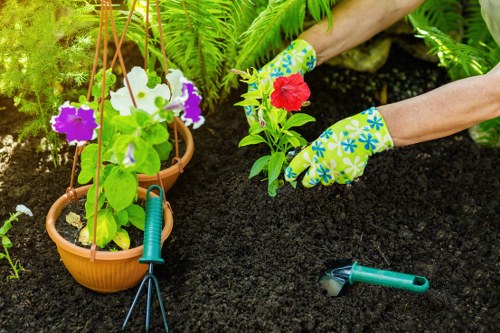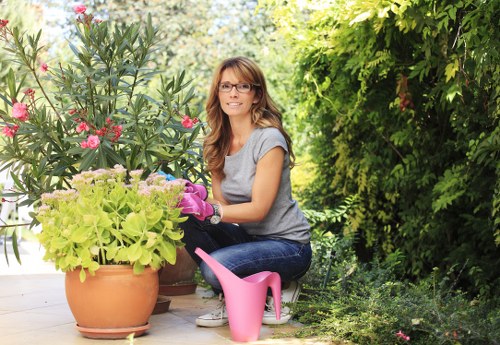Ultimate Guide to Garden Maintenance in Kensington

Maintaining a beautiful garden in Kensington requires dedication, knowledge, and the right set of tools. Whether you're a seasoned gardener or just starting out, understanding the unique climate and soil conditions of Kensington can make all the difference in achieving a lush, thriving garden.
In this comprehensive guide, we'll explore the essential aspects of garden maintenance tailored specifically for Kensington residents. From seasonal planting tips to pest control strategies, we've got you covered.
Let's dive into the world of garden maintenance and discover how to keep your Kensington garden looking its best year-round.
Understanding Kensington's Climate

Kensington enjoys a temperate climate, characterized by mild winters and warm summers. Understanding this climate is crucial for selecting the right plants and planning your garden's maintenance schedule.
The average temperature in Kensington ranges from 5°C in winter to 25°C in summer. However, fluctuations can occur, so it's important to monitor weather patterns regularly.
Additionally, Kensington receives moderate rainfall throughout the year, which impacts watering needs and soil moisture levels.
Choosing the Right Plants

Selecting plants that thrive in Kensington's climate is the first step towards successful garden maintenance. Consider native species that are well-adapted to local conditions.
Popular choices include:
- Lavender
- Hydrangeas
- Roses
- Hostas
- Ferns
These plants not only add beauty but also require less maintenance, making them ideal for both novice and experienced gardeners.
Seasonal Garden Maintenance

Proper garden maintenance varies with the seasons. Adapting your care routine ensures that your garden remains healthy and vibrant throughout the year.
Here's a breakdown of seasonal tasks to keep your Kensington garden in top shape:
Spring Maintenance
Spring is the perfect time to prepare your garden for the growing season. Start by pruning dead branches and removing any winter debris.
Plant new flowers and vegetables, and apply a balanced fertilizer to encourage healthy growth.
- Prune existing plants
- Plant annuals and perennials
- Apply fertilizers
Summer Maintenance
During the summer months, focus on regular watering and monitoring for pests. Mulching can help retain soil moisture and regulate temperature.
Deadheading spent blooms encourages continuous flowering, and maintaining your lawn is essential for a polished look.
- Water plants consistently
- Mulch flower beds
- Deadhead flowers
- Mow the lawn regularly
Autumn Maintenance
Autumn is a time for cleanup and preparation for the colder months. Remove fallen leaves to prevent fungal growth and divide overgrown perennials.
It's also an ideal time to plant bulbs for spring blooms and apply a layer of compost to enrich the soil.
- Clear garden beds
- Divide perennials
- Plant spring bulbs
- Enrich the soil with compost
Winter Maintenance
Winter care involves protecting sensitive plants from frost and snow. Use mulch or burlap to cover vulnerable species and ensure proper drainage to prevent root damage.
Regularly check your garden structures, such as fences and trellises, for any damage caused by harsh weather.
- Protect plants from frost
- Ensure proper drainage
- Inspect garden structures
